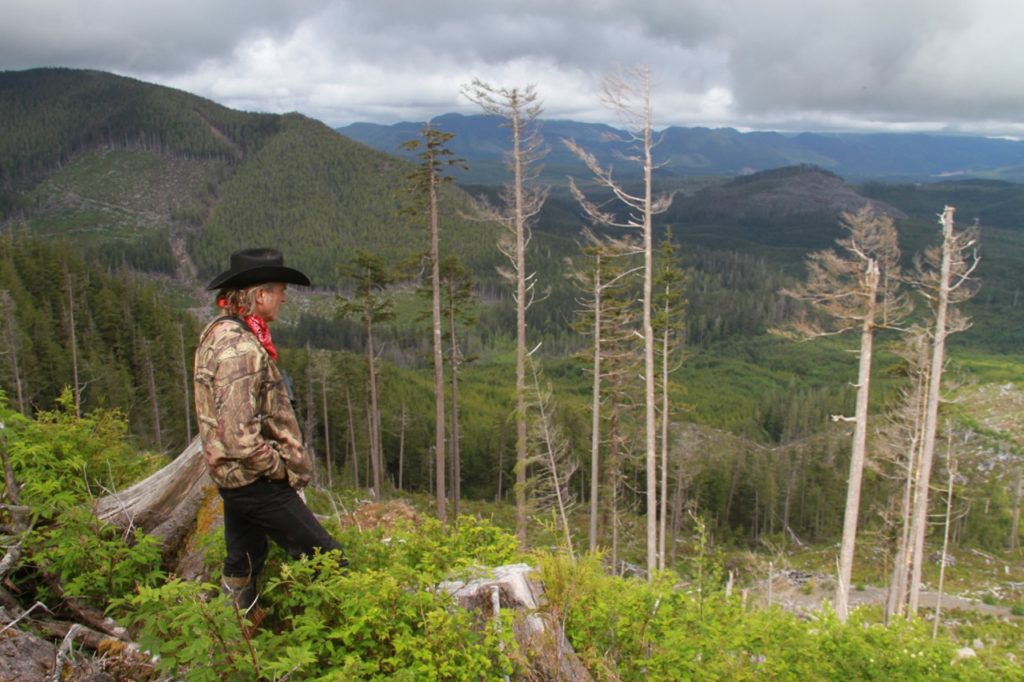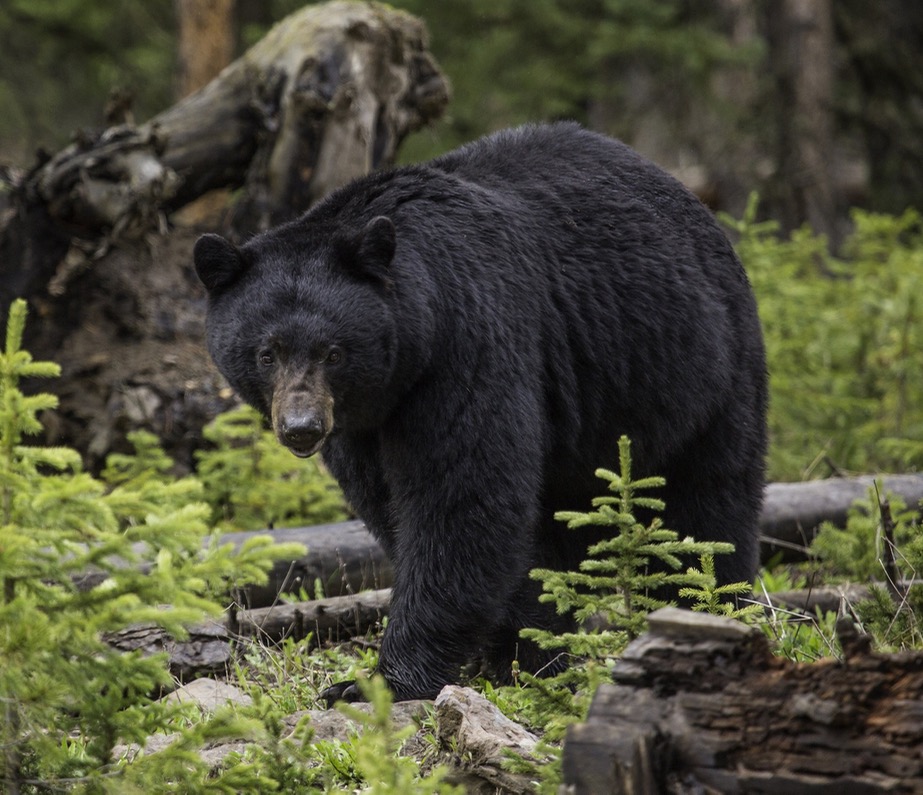LAND OF THE GIANTS
The rugged terrain of Vancouver Island offers an adrenaline-fuelled hunt for giant black bears
Advertisement

Vancouver Island’s bears are most active from April through to October, as might be expected, but in some coastal regions, the bears den as late as December. In some cases, they don’t hibernate at all. There is both a spring hunt (April 1 to June 15) and a fall hunt (September 10 to November 30), with the vast majority of bears taken in the spring. As with the rest of B.C., baiting is prohibited on the island, so the hunting is traditionally a spot-and-stalk affair.
Most successful hunters spend their time driving or walking the logging roads, glassing clearcut forest blocks in search of feeding bears. In the spring, it’s these relatively open areas that green up first, with the succulent vegetation attracting hungry bears. It isn’t unusual to see six to 10 or more bruins a day if you cover enough ground. Emerging grasses along the coastal tidal flats are also natural magnets for springtime bears. Exploring these flats at the heads of remote bays requires a boat, however, so fewer hunters employ the strategy.
Advertisement
Once a bear is spotted, you must carefully decide whether to attempt to get within shooting range. All of the island’s mature bears are large, so it can be difficult for the inexperienced hunter to tell a boar from a sow if it’s on its own. Your best bet, then, is to hold off until you’ve found a bear whose stature and mannerisms clearly tell you it’s a boar (and even then, you’ll still sometimes be wrong).
Beyond the ethical and biological considerations stopping you from shooting sows or sub-adult boars, you really don’t want to stalk through these cutblocks unless you have to—they’re nothing short of miserable to navigate. From afar, they may appear relatively open, but up close, the shin-busting jumble of deadfall and logging slash virtually defies human travel.
When it comes time to shoot, there’s no such thing as being over-gunned
As an alternative to spotting and stalking, calling can be an effective technique. During one hunt, for example, I sat on the downwind side of a vast clear-cut, looking across at a feeding bear. Rather than try to awkwardly clamber closer to him, I stayed put and let out a series of squeals on a dying rabbit call. The bear immediately turned and headed toward me at a brisk pace, but it lost interest after a 100 metres or so and turned away. I immediately called again, and again the bear turned and headed my way. Every time it looked ready to give up the pursuit, I called, and each time it got a bit closer. When the bear was finally about 150 metres out, I could tell it wasn’t a mature boar, so I gave up on the game. By that time, he’d travelled nearly a kilometre to investigate my calls.
Advertisement
When it does come time to shoot, there’s no such thing as being over-gunned, and hunters are advised to keep firing until the bear is anchored. These huge-bodied bruins can absorb considerable punishment, and you don’t want to follow a wounded one into dense cover. As author and big-game hunter Robert Ruark once advised, “Use enough gun.”
This was made clear several years after I first hunted the island, when an ammunition manufacturer invited me back to participate in a bear hunt with other outdoor writers to test a new shotgun slug. By the end of the second day, several writers switched to rifles and conventional bullets after some well-hit bears didn’t fall to the slugs. As it turned out, the slugs just didn’t have enough energy to penetrate through the bears’ thick hair, hide, muscle and bone to reach the vitals. I shot my boar squarely in the chest as it was standing upright against a tree, for example, but it still managed to escape into the tangle of a large cut block. We eventually had to finish off the wounded bear with a rifle or risk losing it altogether.

